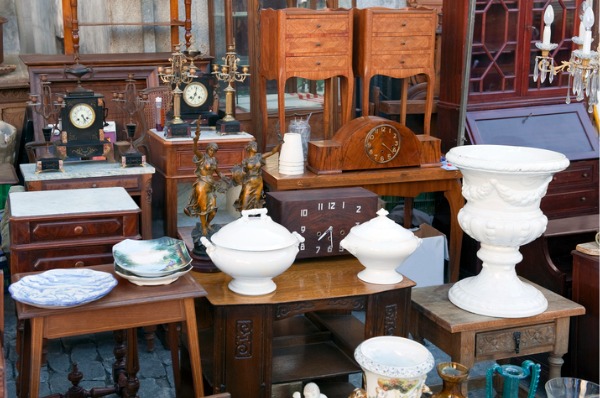10 Essential Tips for Storing Antique Furniture

Antique furniture holds immense historical and sentimental value, and its proper storage is crucial to maintain its condition and preserve its worth. Whether you're downsizing, renovating, or simply looking to safeguard your cherished pieces, follow these expert tips to ensure your antique furniture remains in pristine condition for future generations to enjoy.
Antique furniture holds immense historical and sentimental value, and its proper storage is crucial to maintain its condition and preserve its worth. Whether you're downsizing, renovating, or simply looking to safeguard your cherished pieces, follow these expert tips to ensure your antique furniture remains in pristine condition for future generations to enjoy.
-
Clean with Care: Before storing antique furniture, it's vital to give it a thorough cleaning. Use a mild cleaner appropriate for the specific material, and gently remove any dirt or grime. Ensure the furniture is completely dry before moving on to the storage phase.
-
Choose the Ideal Storage Space: Selecting the right storage location is paramount. Look for a clean, dry, and climate-controlled area. Extreme temperatures, high humidity, and direct sunlight can cause irreversible damage. Basements and attics are typically unsuitable due to potential moisture issues.
-
Disassemble and Label: If feasible, disassemble the furniture before storage. This reduces the risk of damage during transport and maximizes storage space. Keep all the parts together and label them meticulously for effortless reassembly later.
-
Protect with Padding: Shield your antique furniture from scratches and dents by wrapping each piece individually with appropriate padding materials. Clean blankets, bubble wrap, or furniture pads work well. Avoid using materials that can trap moisture against the wood.
-
Elevate from the Ground: To prevent moisture absorption, raise the furniture off the ground. Place pallets, boards, or other sturdy platforms beneath the items to ensure proper airflow.
-
Breathe, Don't Suffocate: Although it may be tempting to use plastic covers, it's advisable to avoid them. Plastic traps moisture, creating a humid environment that promotes mold and mildew growth. Instead, utilize breathable covers made of fabric or cotton sheets to safeguard against dust.
-
Preserve Optimal Humidity Levels: Antique furniture is highly sensitive to humidity fluctuations. Maintain a stable humidity level between 40% and 50% to prevent damage. Depending on the climate, consider using dehumidifiers or humidifiers and regularly monitor humidity levels.
-
Regular Inspection and Maintenance: Periodically check on your stored antique furniture to detect any signs of damage or pest infestations. Promptly address any issues that arise. Apply wood polish or wax occasionally to keep the wood nourished and in excellent condition.
-
Group Similar Items Together: To avoid potential damage caused by variations in materials or finishes, store similar antique items together. This helps maintain consistency and minimizes the risk of accidental harm during storage.
-
Prioritize Security: If the storage area is accessible to others, ensure the security of your valuable antique furniture. Install locks, an alarm system, or consider professional storage facilities with enhanced security measures for peace of mind.
Preserving the beauty and historical significance of antique furniture requires diligent storage practices. By following these essential tips, you can protect your cherished pieces and maintain their value for years to come. Remember, when in doubt, consult with a professional conservator or furniture specialist who can provide expert guidance tailored to your specific antique items. Safeguard the past and ensure that future generations can continue to appreciate the beauty and craftsmanship of your treasured antiques.


